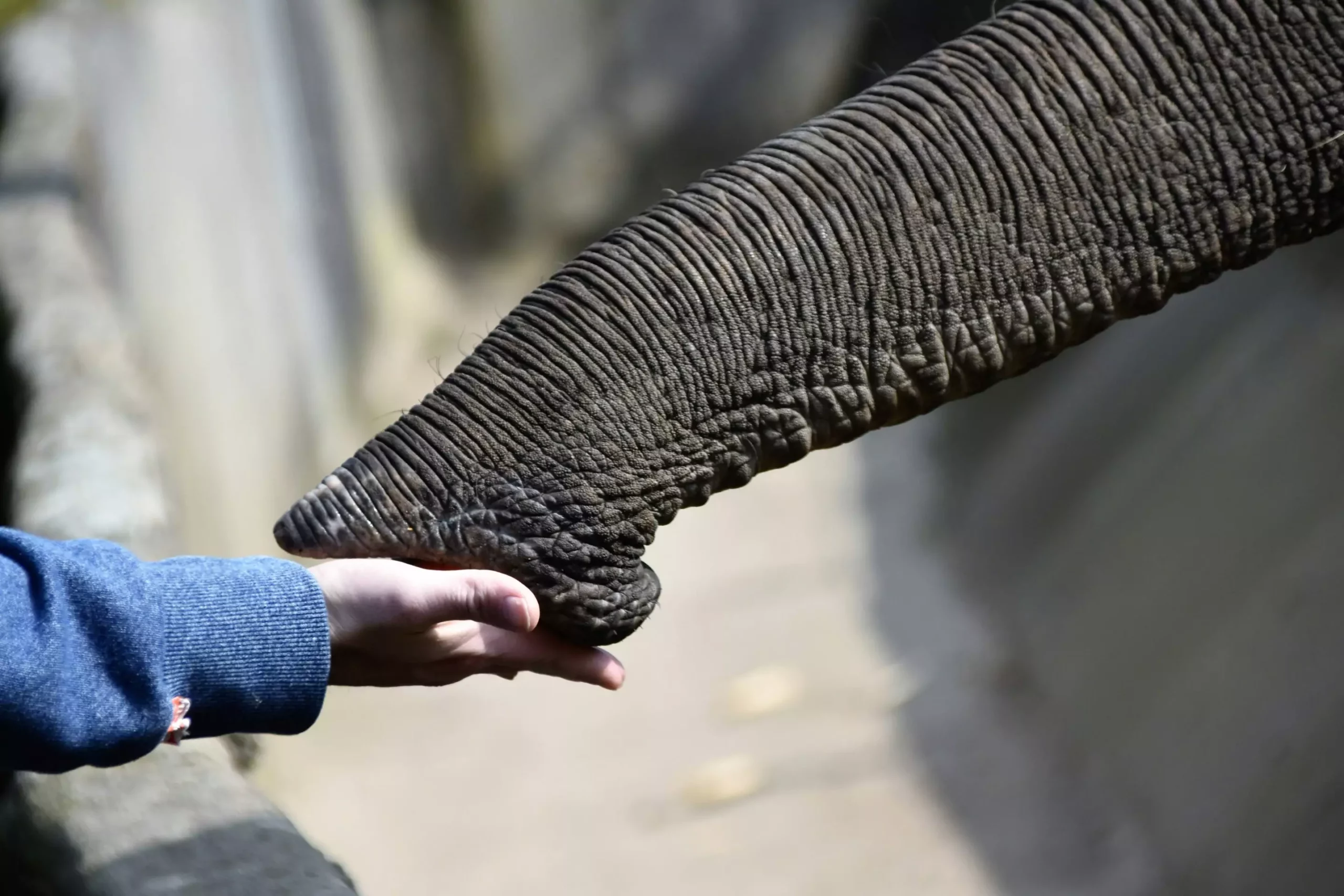The research conducted by Pauline Costes and her team on the trunk strength of African savannah elephants revealed some fascinating details about the capabilities of this incredible appendage. Contrary to popular belief, the trunk of an elephant is not just a tool for lifting and carrying objects. It serves a multitude of purposes, from eating and drinking to social interactions and tool usage.
One of the most intriguing findings of the study was the unique pinching grasp of the elephant’s trunk tip. Unlike the entire trunk, which has been the focus of previous studies on elephant strength, the tip of the trunk comprises two distinct “fingers” that allow for precise manipulation of objects. The researchers discovered that the pinch force exerted by the trunk tip was remarkably high, at 86.4 Newton. This level of precision is crucial for tasks that require delicate handling, such as in the field of soft robotics.
The bio-inspired technology that seeks to mimic the flexibility and dexterity of natural biological tissue has long been inspired by the elephant’s trunk. The findings of this research shed light on how robots can be designed to incorporate similar capabilities for grasping and manipulation. By understanding the strength and precision of the elephant’s trunk, engineers can develop more advanced soft grippers that can adapt to various environments and interact with objects with higher precision.
Soft robots have a wide range of applications across different industries, including medicine, industry, research, exploration, and agriculture. The ability to handle delicate objects with precision is especially important in fields such as minimally invasive surgery and fruit harvesting. By studying the elephant’s trunk, researchers can improve the design of soft grippers for robots, making them more versatile and efficient in a variety of tasks.
In addition to the technological advancements that can be made through studying the elephant’s trunk, there are also implications for conservation efforts and understanding the impact of environmental changes on elephant behavior. By investigating how trunk grasping techniques vary between different groups of elephants living in different habitats, researchers can gain valuable insights into how climate change and habitat destruction may affect their feeding patterns. This knowledge is crucial for developing conservation strategies that take into account the needs of these magnificent animals.
The research on the strength and precision of an elephant’s trunk not only offers valuable information for the development of soft robotics but also provides insights into the complex behaviors and abilities of these animals. By harnessing the power of bio-inspired technology, scientists and engineers can continue to push the boundaries of innovation and create more advanced solutions for a wide range of applications.


Leave a Reply